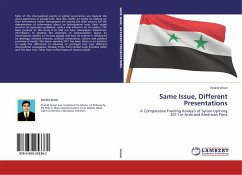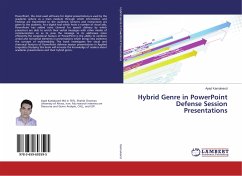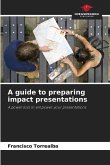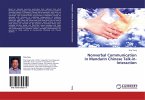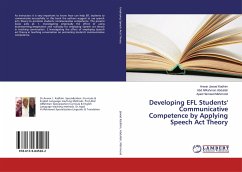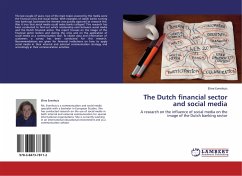Most of the international events or global occurrences are beyond the direct experience of people's life, they rely, chiefly, on media for making up their information needs. Newspapers are among the chief sources for the dissemination of information about an international issue. Each single word or an expression published, casts a vital influence on its readers. The basic purpose of this study is to find out how newspapers disseminate information to develop the schemata of interpretation; about an international conflict, to its local people and how its content is influenced by ideology, national interests, political orientations, culture and political economy of media. The Syrian uprising 2011 has been taken as an instance to study the difference in meaning or portrayal into two different international newspapers, Khaleej Times from United Arab Emirates (UAE) and The New York Times from United States of America (USA).
Bitte wählen Sie Ihr Anliegen aus.
Rechnungen
Retourenschein anfordern
Bestellstatus
Storno

